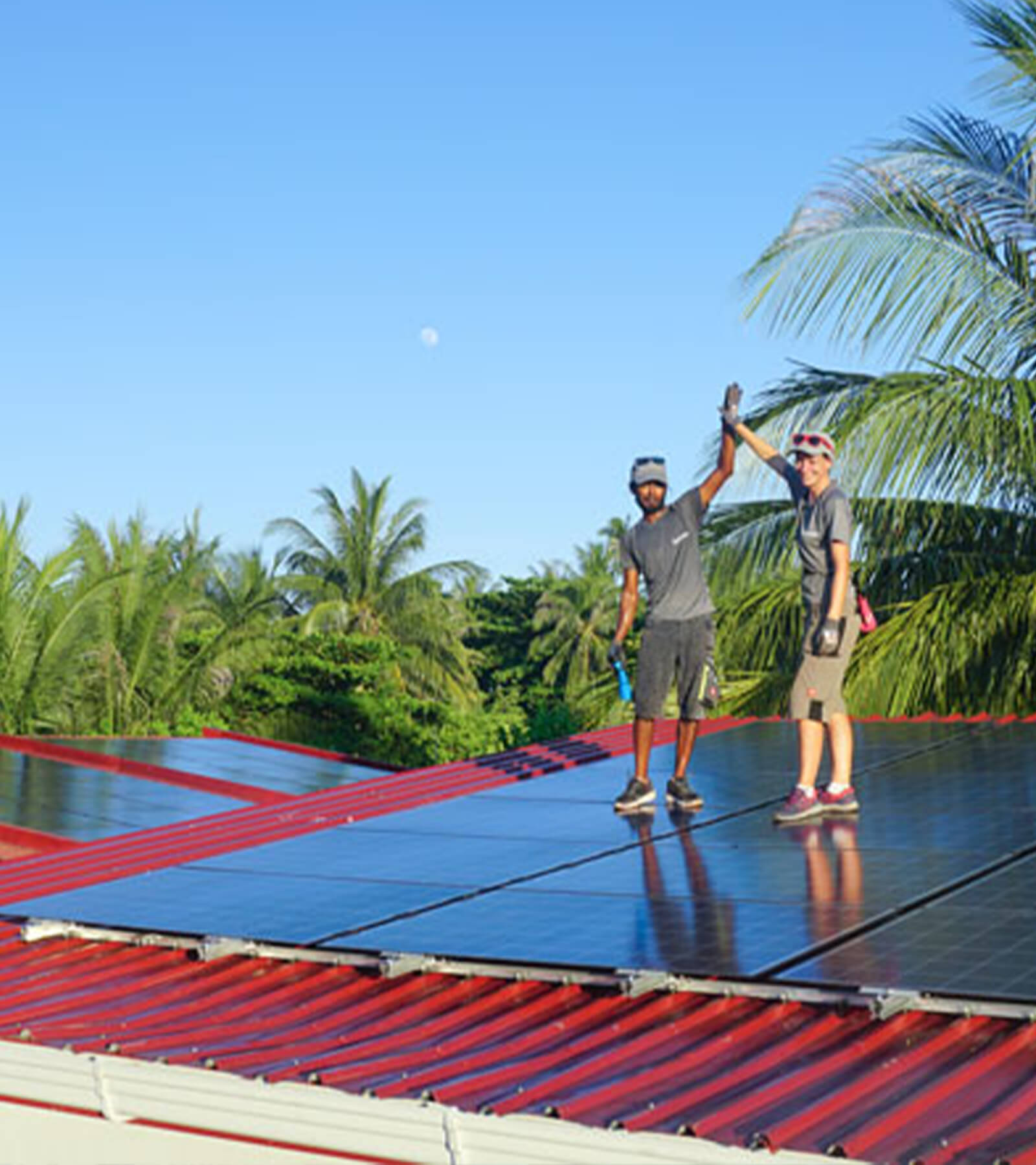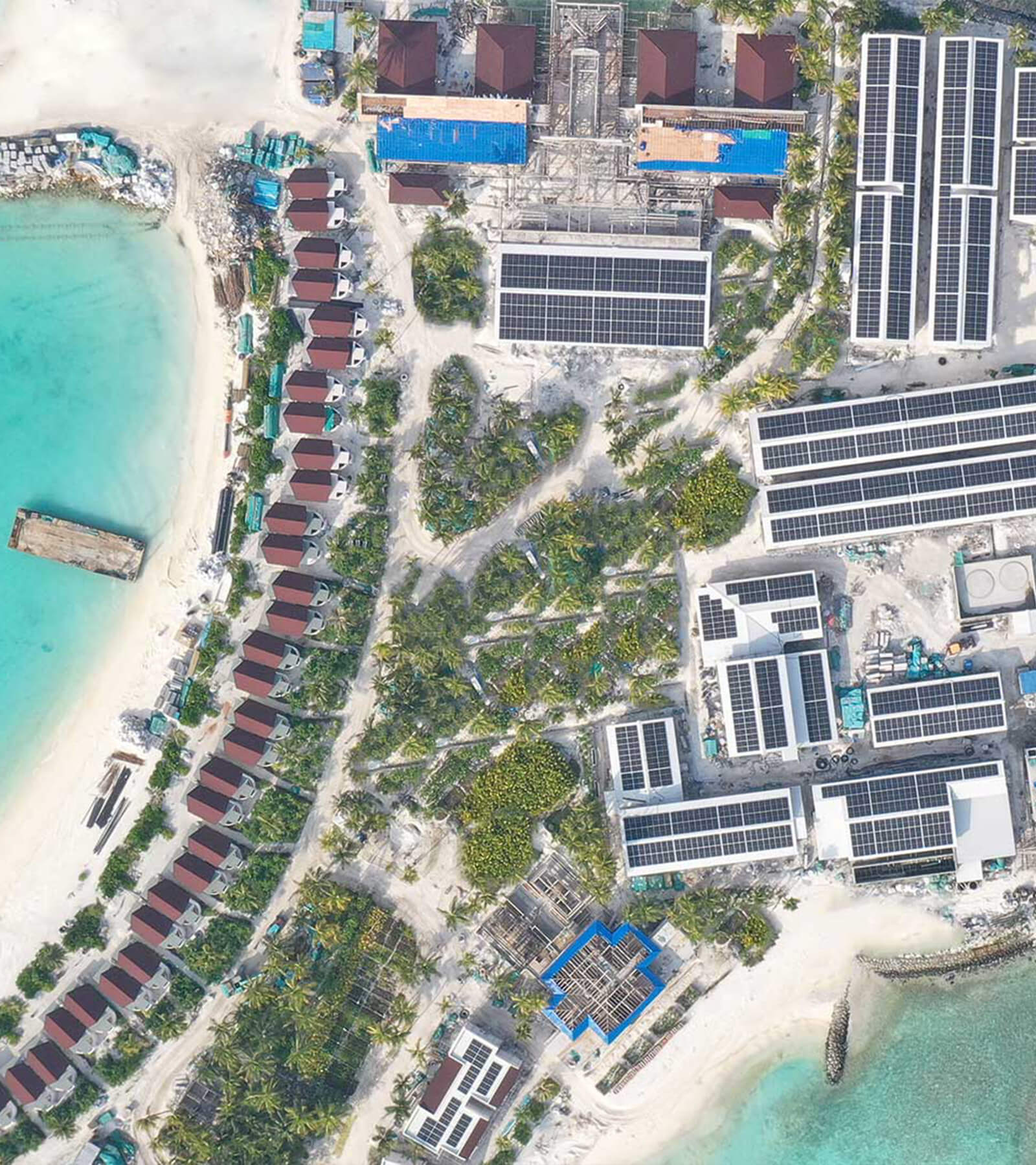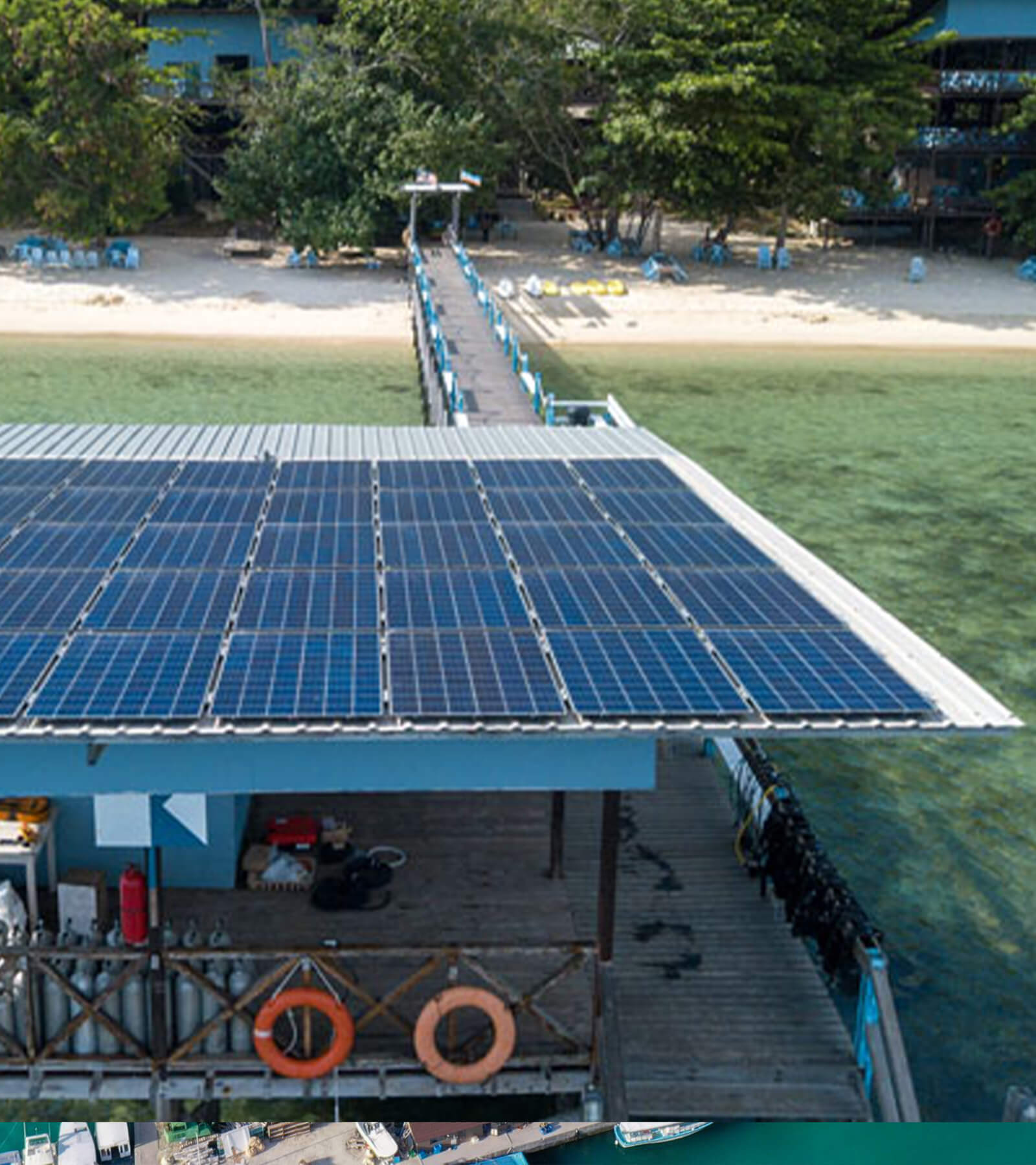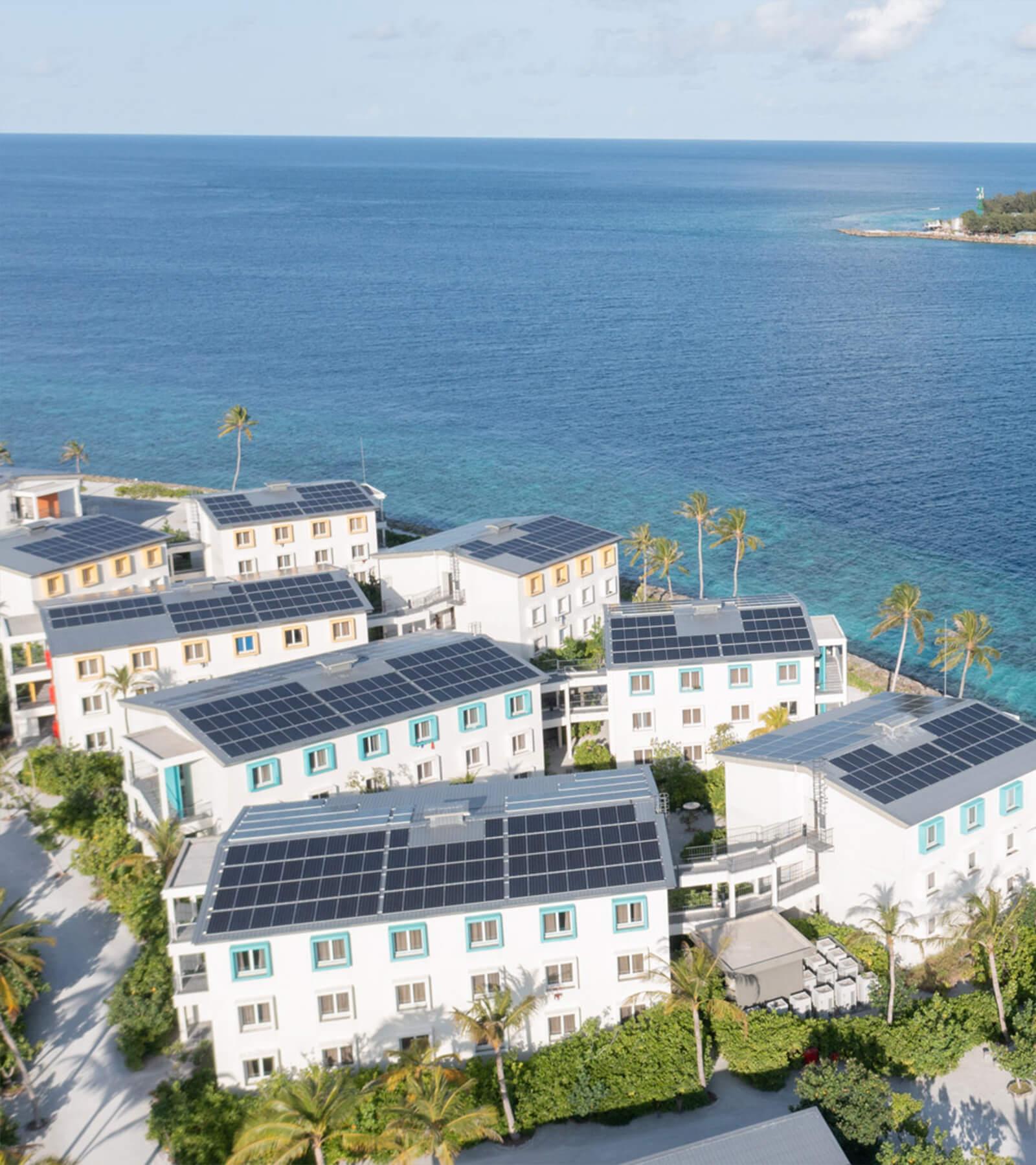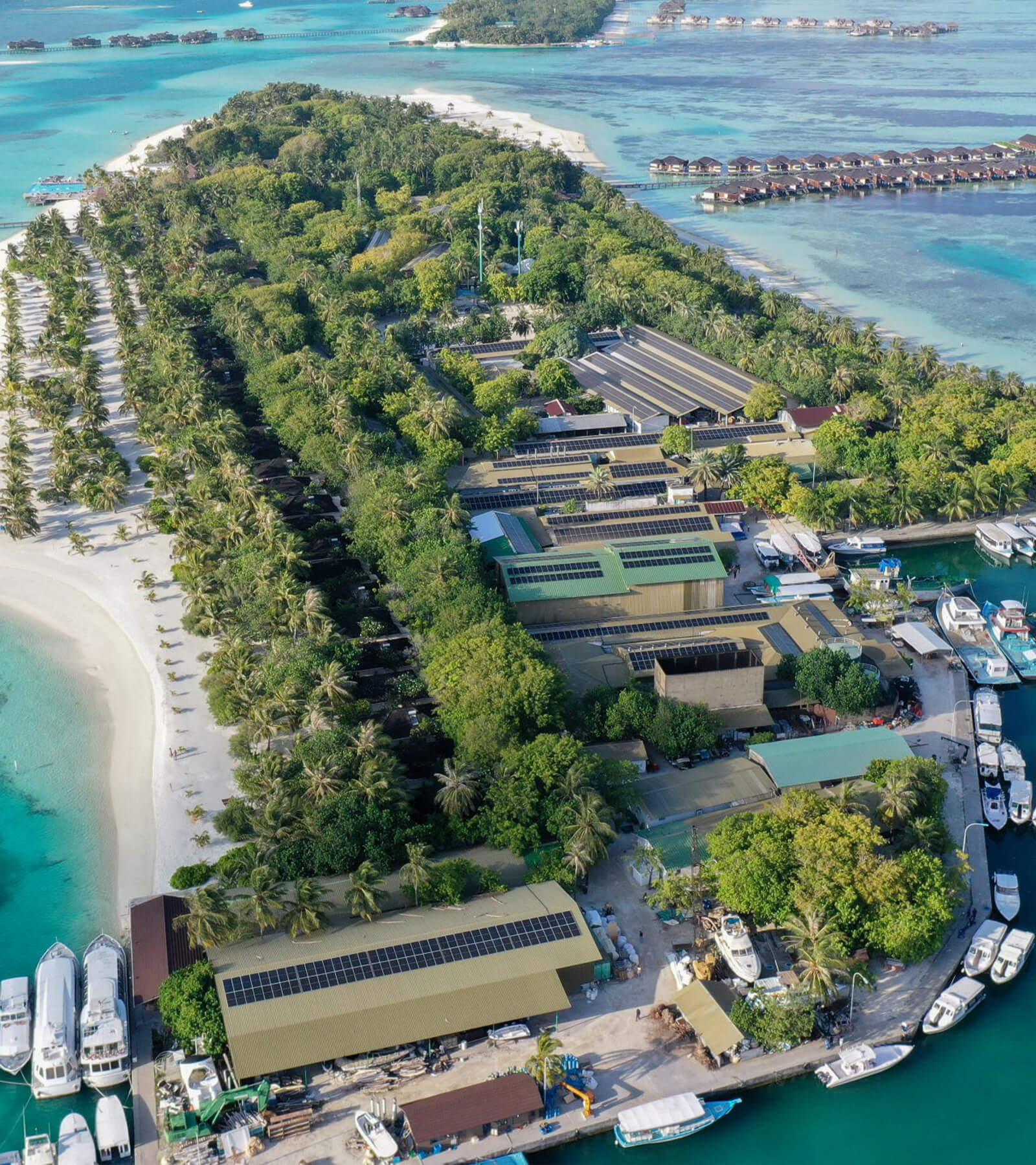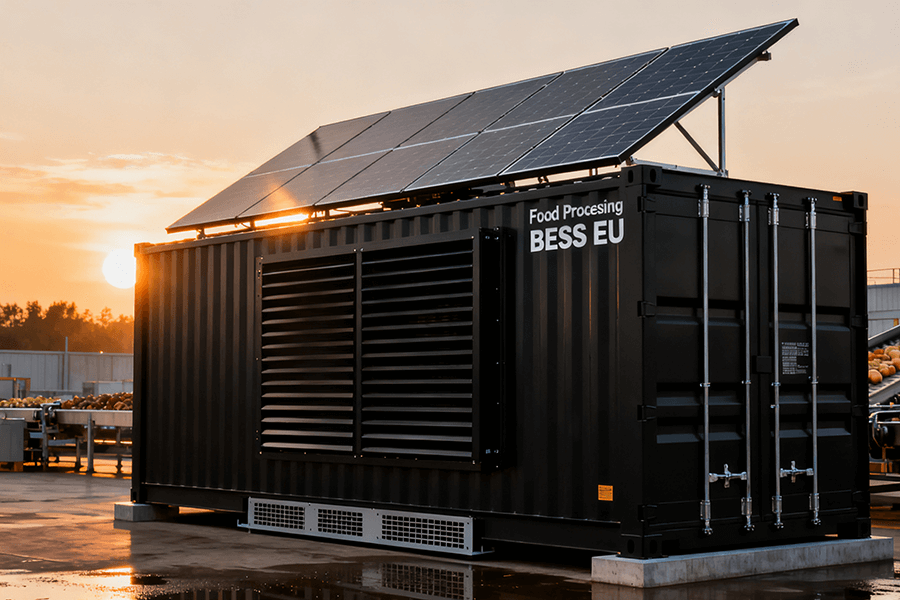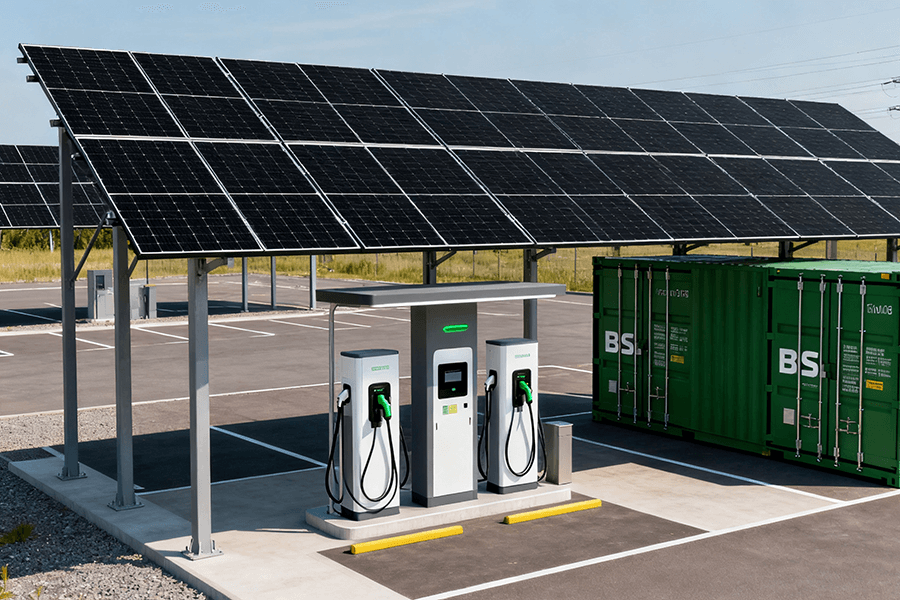
📌 Introduction: A Powerhouse in the Making
Nestled in the sun-kissed landscapes of Iberia, a significant milestone in the realm of renewable energy is on the verge of realization. Galp, a preeminent energy company in the region, is spearheading the Alcoutim-Manzanares project. This groundbreaking initiative features a state-of-the-art 74 MW/147 MWh Battery Energy Storage System (BESS) Container, which serves as the linchpin for Galp’s expansive 1.7 GW solar portfolio spanning Portugal and Spain.
To truly appreciate the scale of these figures, consider the following comparisons:
- The 1.7 GW solar portfolio can power over 500,000 average European households annually.
- The 74 MW/147 MWh BESS Container can store enough energy to supply around 30,000 households for an entire day.
Solar energy, while abundant, is inherently intermittent. During clear, sunny periods, there’s often a surplus of power. But when clouds cover the sun or night falls, solar production drops significantly. This is where the BESS Container plays a crucial and reliable role. It acts as a buffer, capturing and storing excess energy during peak production and releasing it when demand is high or solar generation is insufficient. In essence, it functions as a massive backup battery for the entire solar portfolio, ensuring a stable and consistent energy supply to the grid.
🔍 Core Analysis 1: Grid-Forming Inverter Technology & EU Funding
Grid-Forming Inverter Technology: The Brains Behind the Operation
The success of the Alcoutim-Manzanares project is deeply rooted in its innovative application of grid-forming inverter technology, a revolutionary advancement that is redefining grid stability paradigms. To better understand its significance, let’s first contrast it with traditional grid-following inverters. Traditional grid-following inverters operate in a reactive manner, relying on the existing grid’s frequency and voltage to function, much like a boat being carried along by the current. In sharp contrast, grid-forming inverters take on a proactive role, acting as the “captains” of the grid. They possess the unique ability to independently establish and maintain essential grid parameters, providing a level of control and stability that was previously unattainable.
Key Features and Benefits
- Virtual Inertia
-
- Traditional Grid Dynamics: In conventional power grids, large synchronous generators, such as those found in coal or gas power plants, play a crucial role in providing inertia. This inertia acts as a stabilizing force, helping to maintain grid stability during sudden fluctuations in power supply or demand. However, as the integration of renewable energy sources, which lack this inherent inertia, continues to increase, ensuring grid stability has become an increasingly complex challenge.
-
- Grid-Forming Inverter Solution: Grid-forming inverters address this issue by simulating inertia. Through advanced control algorithms and power electronics, they can mimic the behavior of synchronous generators, providing the necessary inertia to keep the grid stable. This is particularly important for the REE grid in Spain, where high levels of solar penetration could otherwise pose significant stability risks. As highlighted by research from the U.S. Department of Energy, grid-forming inverter technology is essential for ensuring the reliable operation of grids with a high proportion of renewable energy sources. source
- Black Start Capability
-
- Importance in Grid Resilience: Another standout feature of grid-forming inverters is their black start capability. In the event of a grid blackout, which can occur due to various reasons such as extreme weather events, equipment failures, or cyberattacks, traditional systems often require external power sources to initiate the grid restoration process. This can significantly prolong the time it takes to restore power to consumers.
-
- Game-Changing Functionality: Grid-forming inverters, on the other hand, can restart the grid from a complete shutdown without relying on external assistance. By independently establishing grid parameters, they can kickstart the power generation and distribution process, drastically reducing the downtime and enhancing overall grid resilience. This capability is a game-changer for power system operators, as it improves the grid’s ability to withstand and recover from disruptions.
EU Funding: A Catalyst for Progress
The Alcoutim-Manzanares project has received a substantial financial injection of €27 million from the EU’s REPowerEU initiative. REPowerEU is a cornerstone of the EU’s strategic plan to reduce its reliance on Russian fossil fuels and expedite the transition to a more sustainable, renewable energy future. This funding will play a pivotal role in several key aspects of the project:
- Optimizing BESS Container Performance: The funds will be used to conduct in-depth research and development activities aimed at enhancing the efficiency, reliability, and lifespan of the Battery Energy Storage System (BESS) Container. This includes improving battery management systems, thermal management, and overall system integration.
- Advancing Grid-Forming Inverter Technology: Continued research and innovation in grid-forming inverter technology will be supported, with the goal of further improving its performance, reducing costs, and increasing its scalability. This could involve exploring new materials, control strategies, and power electronics configurations.
- Expanding Project Reach: The funding will also enable the project team to expand the scope of the project, potentially including additional solar generation capacity, larger energy storage systems, or integration with other renewable energy sources and grid infrastructure.
The €27 million allocated to Galp’s project is part of a much larger €30 billion investment plan under REPowerEU. This ambitious plan aims to double the EU’s renewable energy capacity by 2030, a goal that Galp’s project aligns with perfectly. By enhancing the integration of solar energy into the grid and reducing the reliance on fossil fuel-based power generation, the project is not only contributing to the EU’s energy security but also playing a vital role in the global fight against climate change. source
💰 Core Analysis 2: Revenue Stacking: Maximizing Returns
Galp’s Alcoutim-Manzanares project isn’t merely an environmentally conscious endeavor; it represents a groundbreaking foray into the realm of economically viable renewable energy initiatives, all made possible by a meticulously crafted revenue stacking strategy. This innovative approach diversifies income sources, effectively mitigating financial risks and significantly enhancing profitability, thereby positioning the project as a paragon for sustainable energy investments in the industry.
At the heart of the project’s financial triumph lie two pivotal revenue streams, each capitalizing on the unique capabilities of the BESS Container:
1. Arbitrage: €150/MWh
Energy arbitrage serves as a cornerstone of the project’s financial model, capitalizing on the inherent volatility of electricity market prices.
- Off-peak period: During off-peak hours, typically characterized by an abundance of solar generation and lower electricity demand, prices tend to drop significantly. For instance, the average electricity price may plummet to around €50/MWh. It is during these times that the BESS Container springs into action, storing the excess solar energy that would otherwise go to waste.
- Peak period: Conversely, when peak demand hits, usually in the evenings as households power up for dinner, entertainment, and other evening activities, electricity prices experience a sharp increase. In some cases, these prices can soar to €200/MWh or even higher. This is when Galp strategically releases the stored energy back into the grid, effectively selling at a premium.
Through this well-orchestrated “buy low, sell high” strategy, the project generates a substantial profit margin of €150 per MWh, thereby maximizing the value of the stored solar energy.
2. Primary Control Reserves: €80/MWh
Ensuring grid stability is of paramount importance in the energy sector, and primary control reserves play a critical role in maintaining this stability. Galp’s BESS Container functions as a highly responsive solution for grid operators, standing by as a reliable safeguard against sudden supply-demand imbalances.
In the event of unforeseen disruptions that cause fluctuations in grid frequency, the BESS Container can respond with lightning speed, injecting or absorbing power within milliseconds to restore stability. This rapid response is crucial for preventing blackouts and ensuring a seamless flow of energy to consumers. For providing this essential standby service, Galp is compensated at a rate of €80/MWh, which contributes to a consistent and reliable revenue stream. Grid operators rely on such services continuously to uphold the integrity of the electrical grid and maintain a stable supply of energy to end-users.
By synergizing these two revenue streams, the project is well-positioned to yield substantial financial returns. Assuming an 80% utilization rate for arbitrage operations and 100% capacity utilization for primary control reserve services throughout the year, the annual revenue projections are projected to reach into the multi-million euro range. This robust financial model not only validates the project’s economic sustainability but also serves as a testament to the vast, untapped potential of integrating energy storage with intelligent market strategies within the renewable energy sector. It sets a new standard for how renewable energy projects can achieve both environmental and financial success, paving the way for future developments in the industry.
📅 Case Study: 2025 Commissioning & Environmental Impact
The Alcoutim-Manzanares project, slated for commissioning in 2025, is set to make a profound environmental impact, with its most significant contribution being a substantial reduction in CO₂ emissions. Experts project that the project will cut annual CO₂ emissions by approximately 40,000 tons, a figure that warrants closer examination to truly grasp its implications.
To provide a more tangible understanding of the scale of this reduction, consider the following comparisons:
- Automotive Impact: Removing around 8,700 passenger vehicles from the road for an entire year would achieve an equivalent decrease in CO₂ emissions. This estimation is based on the average annual CO₂ output of 4.6 tons per vehicle, highlighting the project’s ability to offset the emissions of a significant portion of personal transportation.
- Fuel Conservation: The annual CO₂ savings are also comparable to the amount of gasoline that would be consumed by those 8,700 vehicles, amounting to over 4.5 million liters. This not only underscores the environmental benefits but also the potential for fuel savings on a large scale.
- Forest Equivalent: In terms of carbon sequestration, the project’s annual CO₂ reduction is equivalent to the absorption capacity of approximately 2,000 hectares of forest. Given that a single hectare of forest can absorb about 20 tons of CO₂ per year, this comparison emphasizes the project’s role in compensating for the loss of natural carbon sinks and maintaining ecological balance.
The mechanism behind this impressive CO₂ reduction lies in the project’s ability to displace fossil fuel-based power generation. During periods of peak energy demand, when the electricity grid typically relies on gas-fired or coal-fired power plants to meet the increased load, the BESS Container steps in. By releasing the stored solar energy it has accumulated during periods of low demand, it effectively reduces the need for these polluting power sources to ramp up production. As a result, the combustion of fossil fuels is minimized, leading to a significant decrease in greenhouse gas emissions. This innovative approach not only helps to mitigate climate change but also contributes to the overall transition towards a more sustainable and environmentally friendly energy future.
📋 Conclusion: Checklist for Hybrid Project Permits
For companies looking to replicate Galp’s success with hybrid solar-storage projects in Iberia, here’s a comprehensive checklist to navigate the permit process:
1. Grid Connection Agreements
Secure formal agreements with Portugal’s REN and Spain’s REE. This involves demonstrating the technical compatibility of the project with the grid, including the stability provided by grid-forming inverters. The application process typically includes submitting detailed technical studies, such as load flow analysis and short-circuit studies, to prove that the project won’t disrupt grid operations.
2. Environmental Impact Assessment (EIA)
- Conduct a thorough EIA to evaluate the project’s potential impact on the local ecosystem, including wildlife, soil, water, and air quality.
- The EIA must be approved by the relevant environmental authorities.
- Include measures to mitigate any negative impacts, such as habitat restoration or noise reduction, in the assessment.
3. Land Use Permits
- Obtain permits for the use of land for the solar panels and BESS Container.
- Ensure compliance with local zoning regulations and land use plans.
- Consult with local communities and stakeholders to address any concerns.
4. Safety and Compliance Certifications
- Ensure that all equipment, including the BESS Container and inverters, meets international safety standards. This includes certifications from organizations such as TÜV or UL.
- Ensure the project complies with all relevant electrical codes and regulations.
5. Tax and Incentive Applications
Research and apply for any applicable tax incentives or grants, such as those offered under REPowerEU or national renewable energy programs. This can significantly reduce the project’s upfront costs and improve its financial viability.
🔌 Maxbo Solar: Your Trusted Partner in Renewable Energy
At Maxbo Solar, we stand at the vanguard of the renewable energy revolution, dedicated to shaping a sustainable future. Our expertise lies in delivering end-to-end solar and energy storage solutions, meticulously crafted to address the distinctive requirements of projects, such as Galp’s Alcoutim-Manzanares initiative.
Our Expertise
With a seasoned team of professionals boasting years of hands-on experience, we excel in every facet of hybrid solar-storage systems:
- Design: Utilizing cutting-edge technologies and in-depth industry knowledge, we create optimized system designs that maximize energy efficiency and performance.
- Installation: Our skilled technicians ensure seamless and compliant installations, adhering to the highest safety and quality standards.
- Maintenance: We offer comprehensive maintenance services, including regular inspections, component replacements, and system upgrades, to keep your investment running smoothly.
Understanding the Iberian Landscape
Navigating the technical and regulatory complexities of the Iberian region can be challenging. That’s where we come in. Our in-depth understanding of local regulations, grid requirements, and industry best practices allows us to guide you through every stage of your project, from initial permit applications to successful commissioning.
Our Product Offerings
| Product | Feature | Benefit |
|---|---|---|
| Solar Panels | Efficiency ratings exceeding 22% | Maximize energy generation and return on investment |
| Battery Energy Storage Systems (BESS) | Seamless integration with grid-forming inverters | Provide reliable energy storage and grid support services |
Comprehensive Services
In addition to our top-of-the-line products, we offer a range of services to ensure the long-term success of your project:
- Ongoing Maintenance: Regular check-ups and preventive maintenance to minimize downtime and extend the lifespan of your system.
- Monitoring: Real-time monitoring and data analytics to optimize system performance and identify potential issues before they become problems.
Whether you’re a large energy conglomerate like Galp or a small-scale developer with big dreams, Maxbo Solar is your trusted partner in achieving your renewable energy aspirations. Contact us today to explore how our tailored solutions can power your next project towards a greener, more sustainable future.

